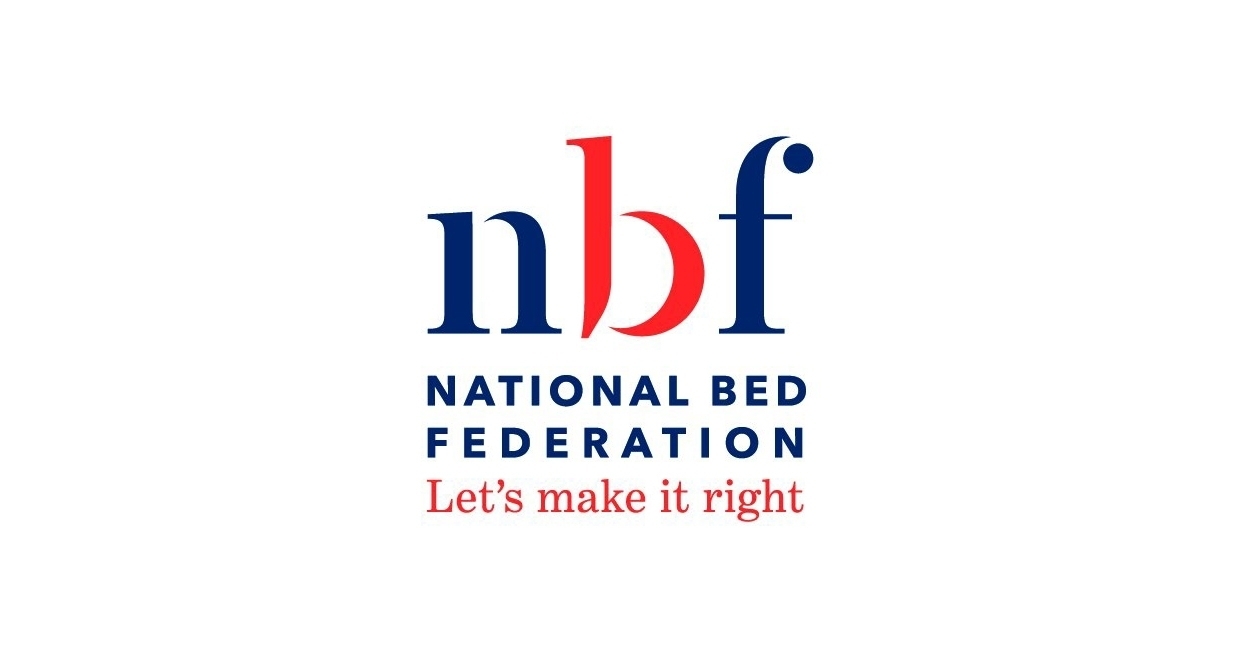Despite strong demand in the final quarter of 2022, uncertain times lie ahead for the UK bed industry, according to the results of the NBF’s latest state of trade survey.
A quarter of manufacturer members and almost 40% of supplier members are predicting weak demand for the first six months of 2023 – with just half anticipating it would be satisfactory.
And while supply chain issues may have eased, uncertainty about rising costs and difficulties finding staff are still presenting the sector with many challenges.
The survey was sent to all NBF members (manufacturers and component suppliers) during December to gauge overall business levels and issues over Q4 2022, along with their expectations and concerns for H1 2023.
In total, 51 members responded (34 manufacturers and 17 suppliers). The NBF's head of marketing and membership, Simon Williams, says: “Our new state of trade survey aims to gauge the mood of our members on key business performance indicators, looking both backwards and forwards in time by a few months. We are really pleased at the high proportion of members who took part.
“I wouldn’t say there were any massive surprises in the figures – although it was interesting to see that our supplier members were a little more pessimistic about prospects for the first half of 2023 than our manufacturers. It will be interesting to see how the picture evolves over time.”
Both manufacturers and suppliers experienced extended lead times in 2022, mainly due to raw material issues, but the general feeling was they were not going to get any worse in 2023, while a healthy percentage are expecting them to improve.
Employee head counts are fairly stable across the board – in fact, more than half have the opposite problem, reporting concerns about staff shortages and struggling with recruitment and retention in some areas of the business.
For manufacturers, while most key component materials (springs, timber, fabric, fillings) increased by varying degrees during the last quarter of 2022, it was those relying on foam as a component who saw the biggest increases. More than a third saw their foam costs rise by +10-15%, while a further 6% reported a rise of +15-20% and 6% said their foam costs had increased by over +20%.
Spring costs rose by between +5% and +15% for a third of members, while 36% reported increases in their timber costs of up to +20%. Ticking and fabric costs also increased in Q4, with around a third of members reporting increases of up to +10%.
However, there is hope that the worst of the component material increases are behind the trade, with more modest increases expected in 2023.
Many raw material costs for supplier members also rose during the last quarter of 2022, but not to the same levels experienced by manufacturer members. Again, there is optimism that 2023 will see these raw materials prices settling down.
Energy costs have been and will continue to be a major concern for all businesses. The renewal timings of individual members’ fixed-term contracts are critical to their business planning, although there is a general feeling that energy costs will stabilise during 2023.
The majority of both manufacturer and supplier members either held their prices in the last quarter of 2022 or increased them by single-digit figures. Looking at the next six months, price increases are also most likely to be single-digit figures as overall inflation starts to come down from its current high levels.
Over half of both manufacturer and supplier members reported a drop in their profit margins in the last quarter of 2022, although a further 36% and 37% respectively had managed to hold their margins.
Looking at the first six months of 2023, almost a half of both supplier and manufacturer members expect to maintain their current margins, while almost a quarter of manufacturer members are anticipating making modest improvements. But the picture is not as optimistic for suppliers, with over 40% predicting a decline in their margins during the first half of the year.
Both manufacturer members (58%) and supplier members (62.5%) listed a lack of orders/sales as their major concern for their businesses in the first half of 2023. A fifth (21%) of manufacturers were also concerned about the lack of skilled labour – this was also a concern for supplier members, along with availability of finance.








